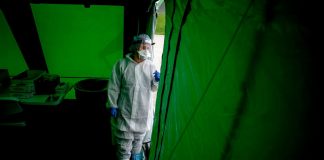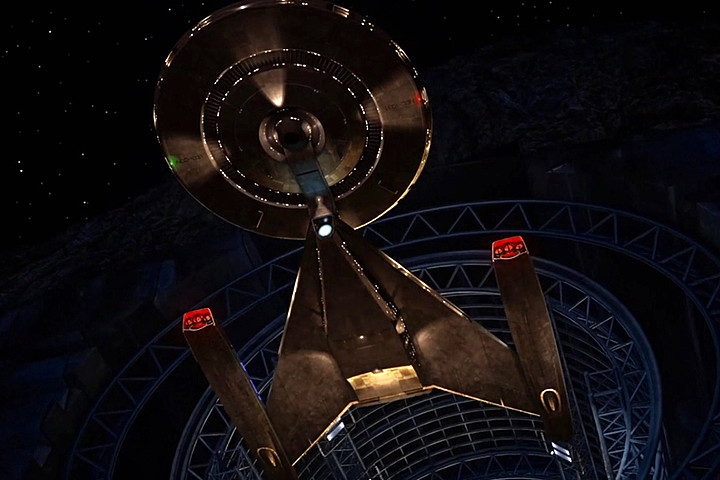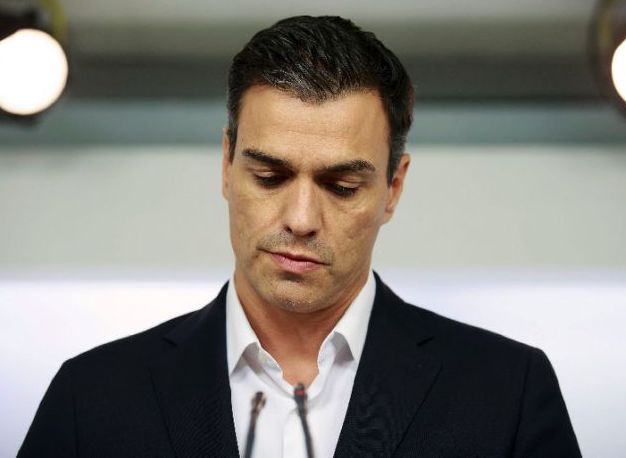
Leonardo da Vinci eye disorder, finds new research.
Leonardo da Vinci may have had an eye condition that gave him an unusual ability to recreate three-dimensional shapes in his sculptures and paintings, according to new research.
Professor Christopher Tyler, of City, University of London, has discovered evidence that the great Italian artist had a vision disorder known as strabismus.
With this condition, a person’s eyes appear to be pointing in different directions, with only one eye being used to process the visual scene at any one time.
Professor Tyler made his discovery by measuring eyes in six masterpieces thought to be portraits or self-portraits of da Vinci, including his works Vitruvian Man and Salvator Mundi, the most expensive painting of all time.
These measurement suggest that da Vinci had an intermittent version of the condition, which allowed him to switch between using two eyes (stereoscopic vision) to give him depth perception, and using just one eye (monocular vision) when he wanted to interpret a three-dimensional image on a flat, two-dimensional canvas.
Professor Tyler said: “Several great artists, from Rembrandt to Picasso, are thought to have had strabismus, and it seems that da Vinci had it too.
“The weight of converging evidence suggests that da Vinci had intermittent exotropia – where an eye turns outwards – with a resulting ability to switch to monocular vision, using just one eye.
“The condition is rather convenient for a painter, since viewing the world with one eye allows direct comparison with the flat image being drawn or painted
“Having strabismus would perhaps explain da Vinci’s great facility for depicting the three-dimensional solidity of faces and objects in the world and the distant depth recession of mountainous scenes.”
The City researcher analysed eyes in six pieces of art thought to be based on da Vinci: David (Andrea del Verrocchio); Young Warrior (Andrea del Verrocchio); Salvator Mundi (da Vinci); Young John the Baptist (da Vinci); Vitruvian Man (da Vinci) and another possible da Vinci self-portrait.
Professor Tyler fitted circles and ellipses to the pupils, irises, and eyelid apertures on the artwork and then measured the relative positions of these features.
He found that there was evidence of strabismus in all six pieces of work.
The study, Evidence That Leonardo da Vinci Had Strabismus, has been published in the journal JAMA Ophthalmology.













